At a Floral Pace is an evolving public art installation confronting the inequities of urban green spaces in cities like New Delhi and New York, where affluent neighborhoods are significantly greener than those of marginalized communities. In the United States, communities of colour have 33% less tree canopy than predominantly white areas. In India's capital, the prosperous South Delhi boasts over 34% green cover, while Northwest Delhi has under 4%. Growing up in Northwest Delhi’s neighbourhood Rani Bagh, where daily fatal AQIs of 400 caused my asthma, ignited my commitment to intersectional environmentalism.
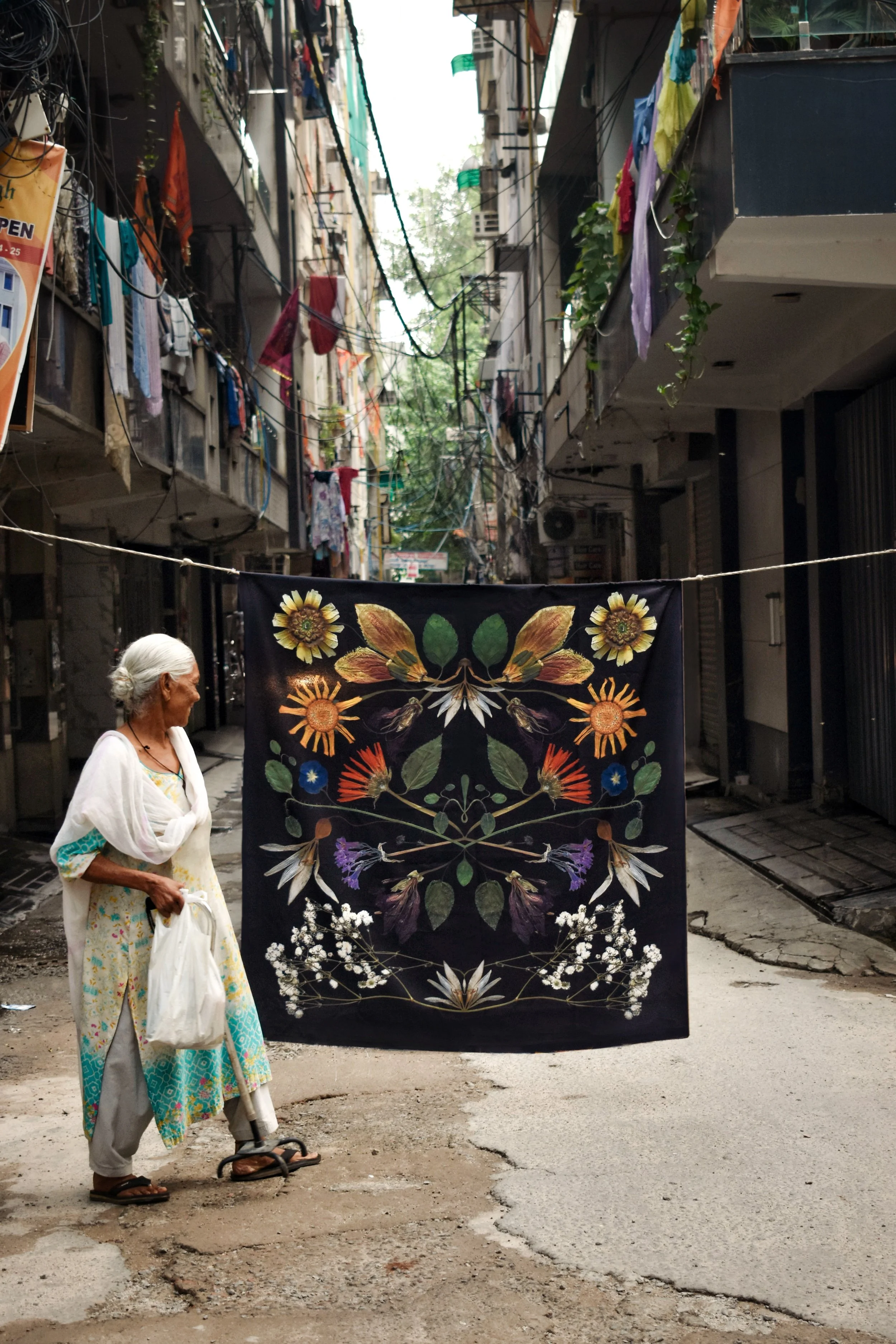

Rani Bagh, Delhi
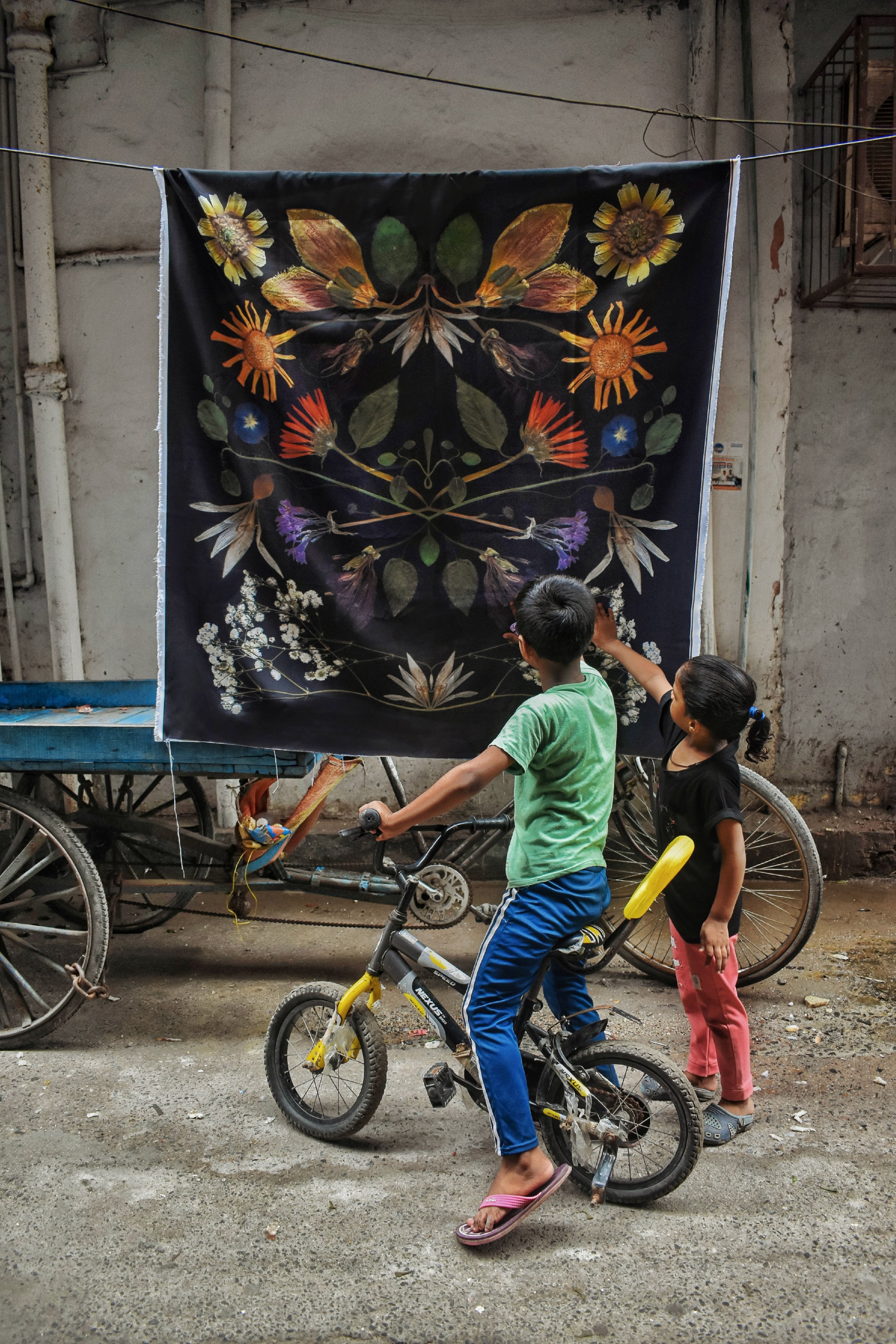
The project transforms urban neighborhoods devoid of greenery into blooming landscapes using large-scale floral prints crafted from pressed and preserved living materials including flowers, fungi, leaves, and twigs. By installing these prints in public spaces like gullies (streets) where I grew up and on auto-rickshaws, we invite communities to interact with and experience nature in unconventional ways.
Each piece is co-designed with the neighborhood’s residents fostering collaboration and a sense of community ownership. The goals for co-creation are to invite playfulness, share knowledge about nature’s gifts and ignite a movement for urban rewilding. Each work is designed with flowers that were foraged locally in a responsible manner, illustrated and scanned with different media (eg. MRI scanning machine, cyanotyping), and are printed on reused fabric or recycled paper made from corn-husk waste.

a wanting to wear the forest, sink in the soil unmediated and untamed
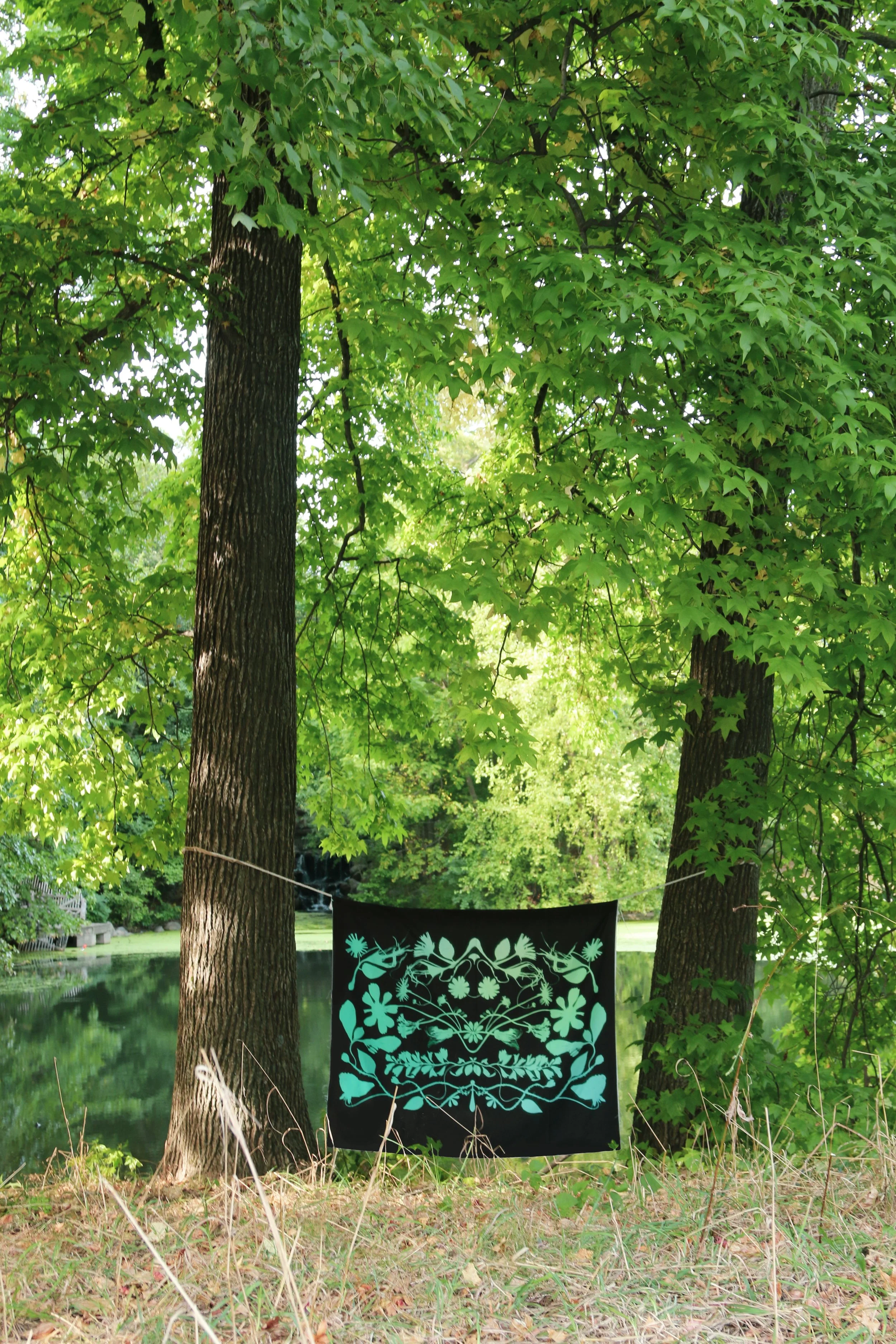
Prospect Park, New York
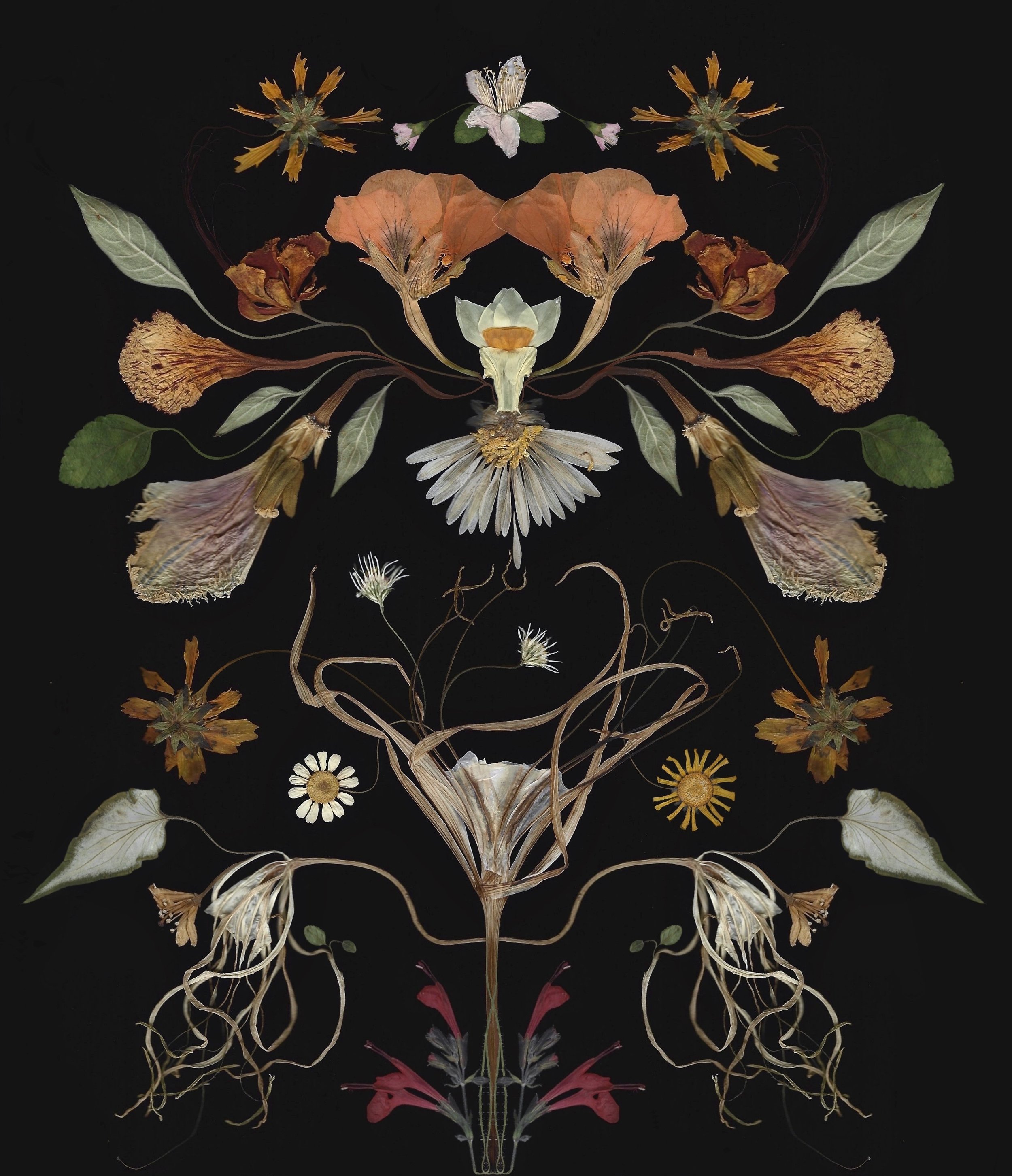
the dramatics of the white spider lily

from flower to flavor
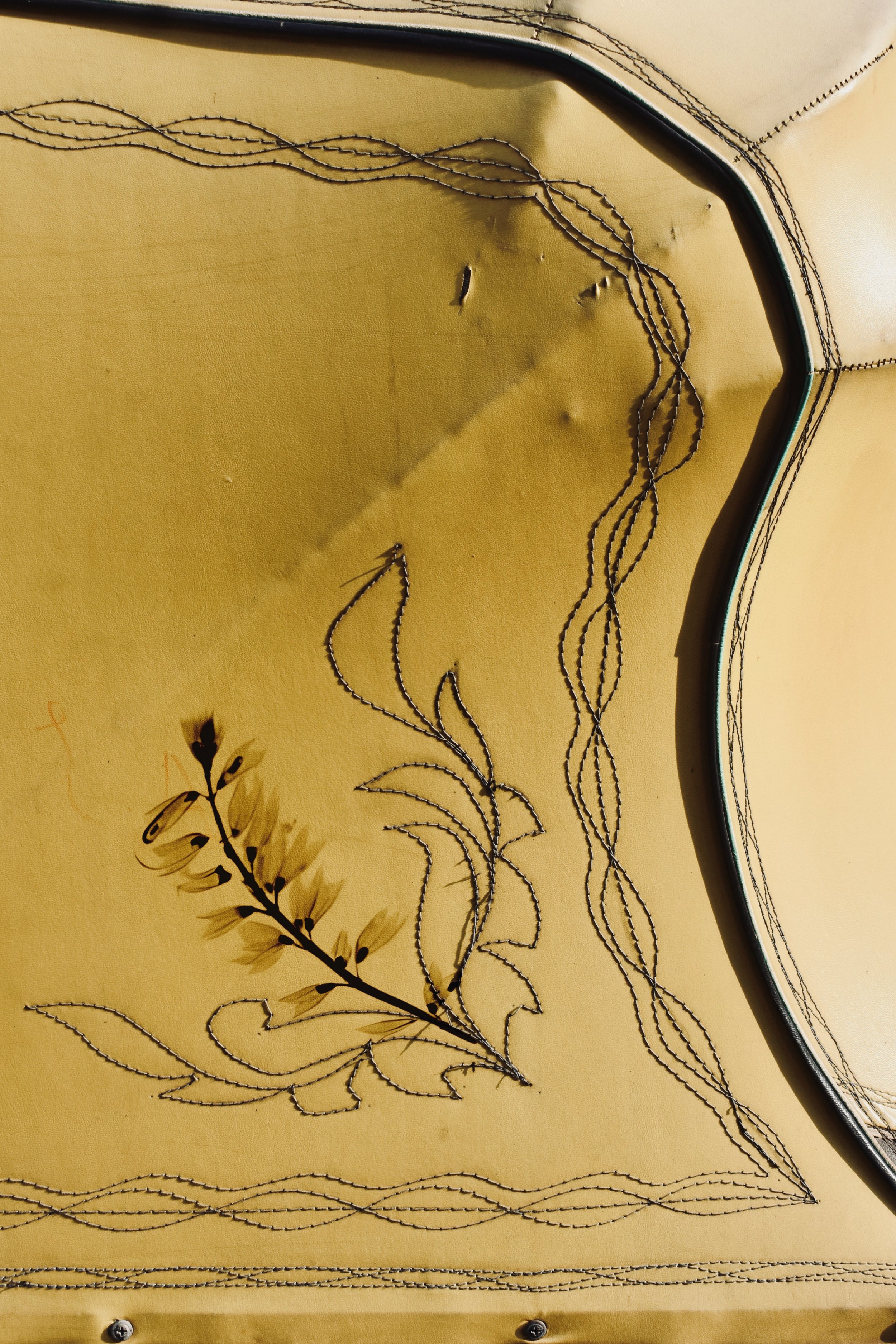
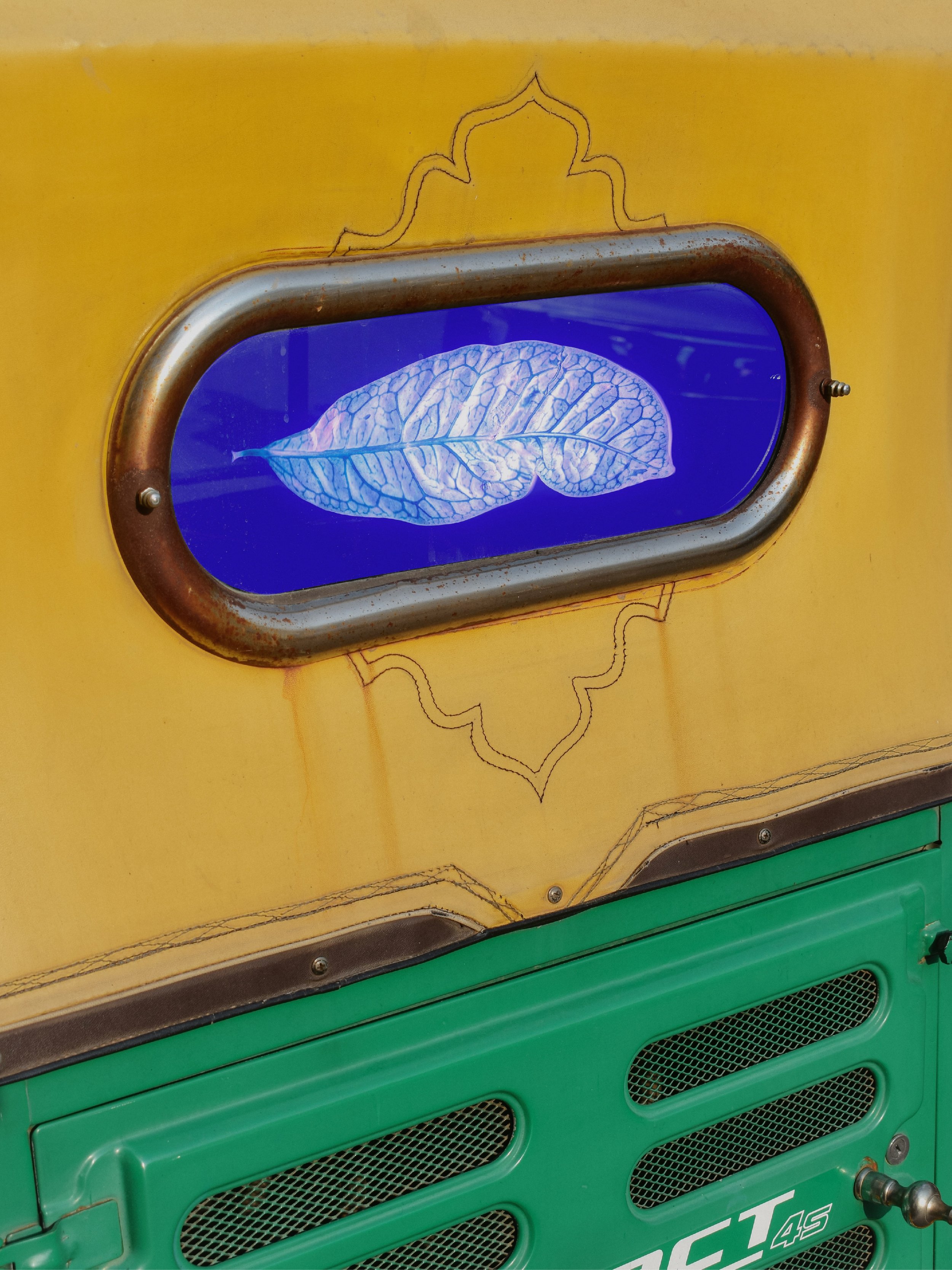
Bangalore, Karnataka
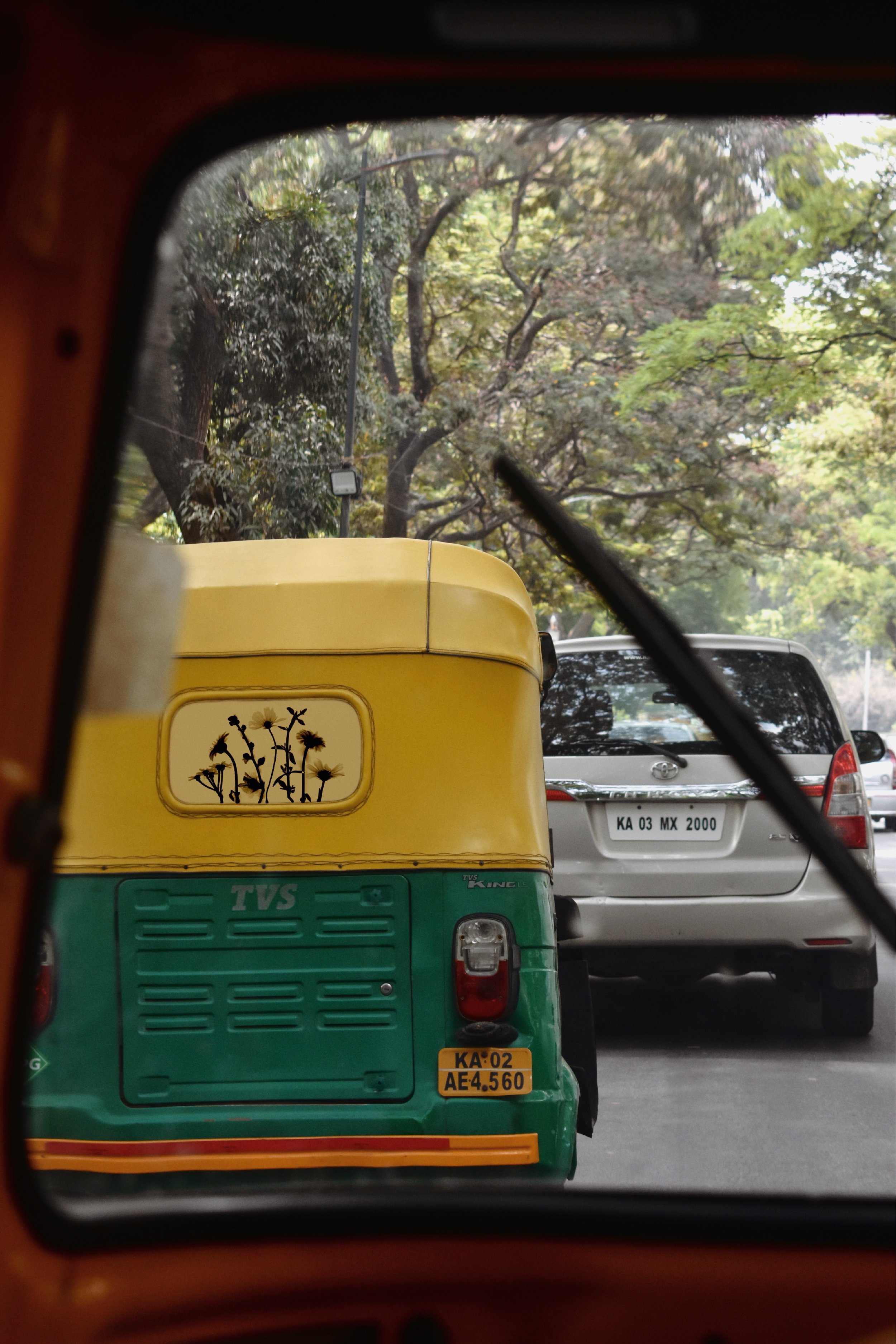
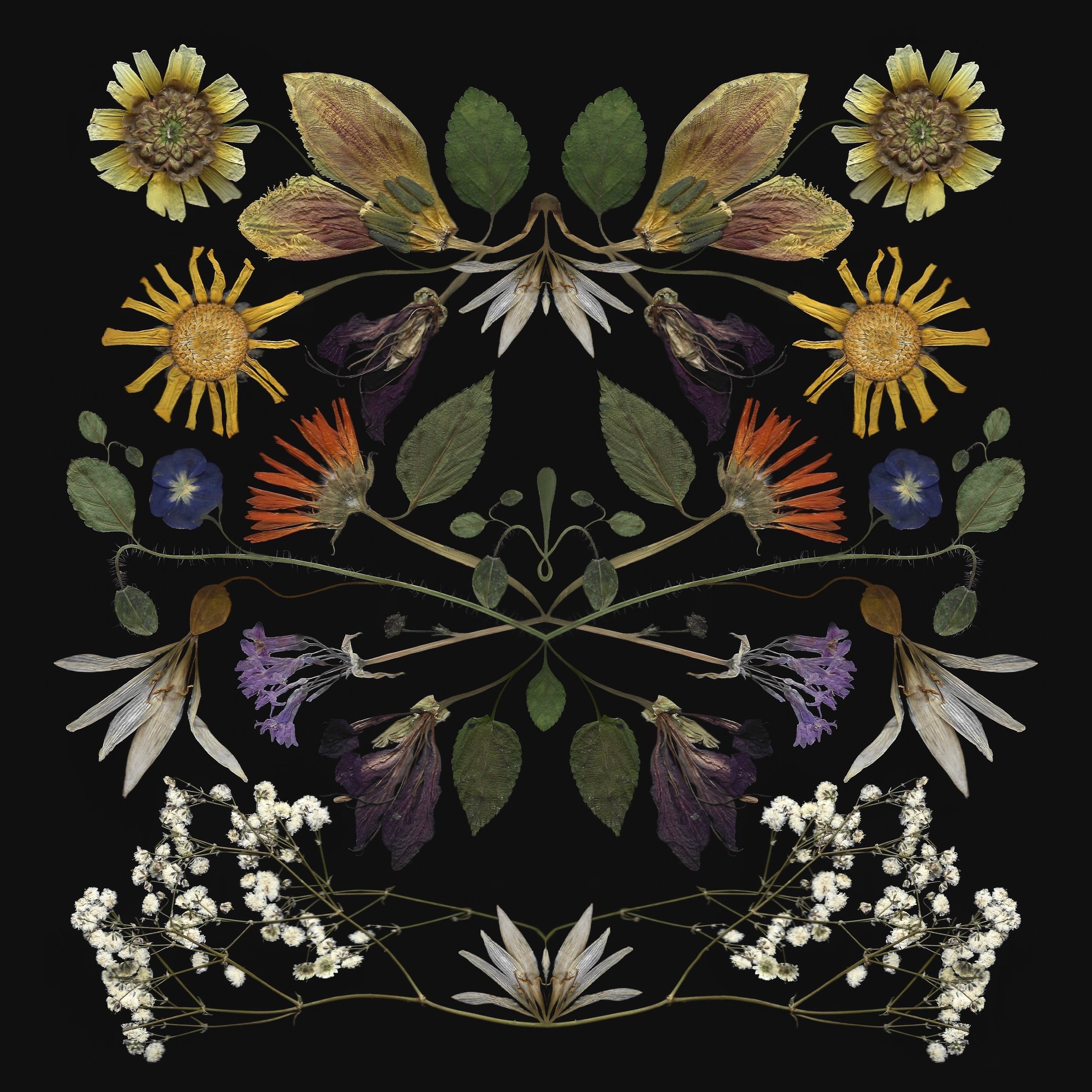
growing a civilization
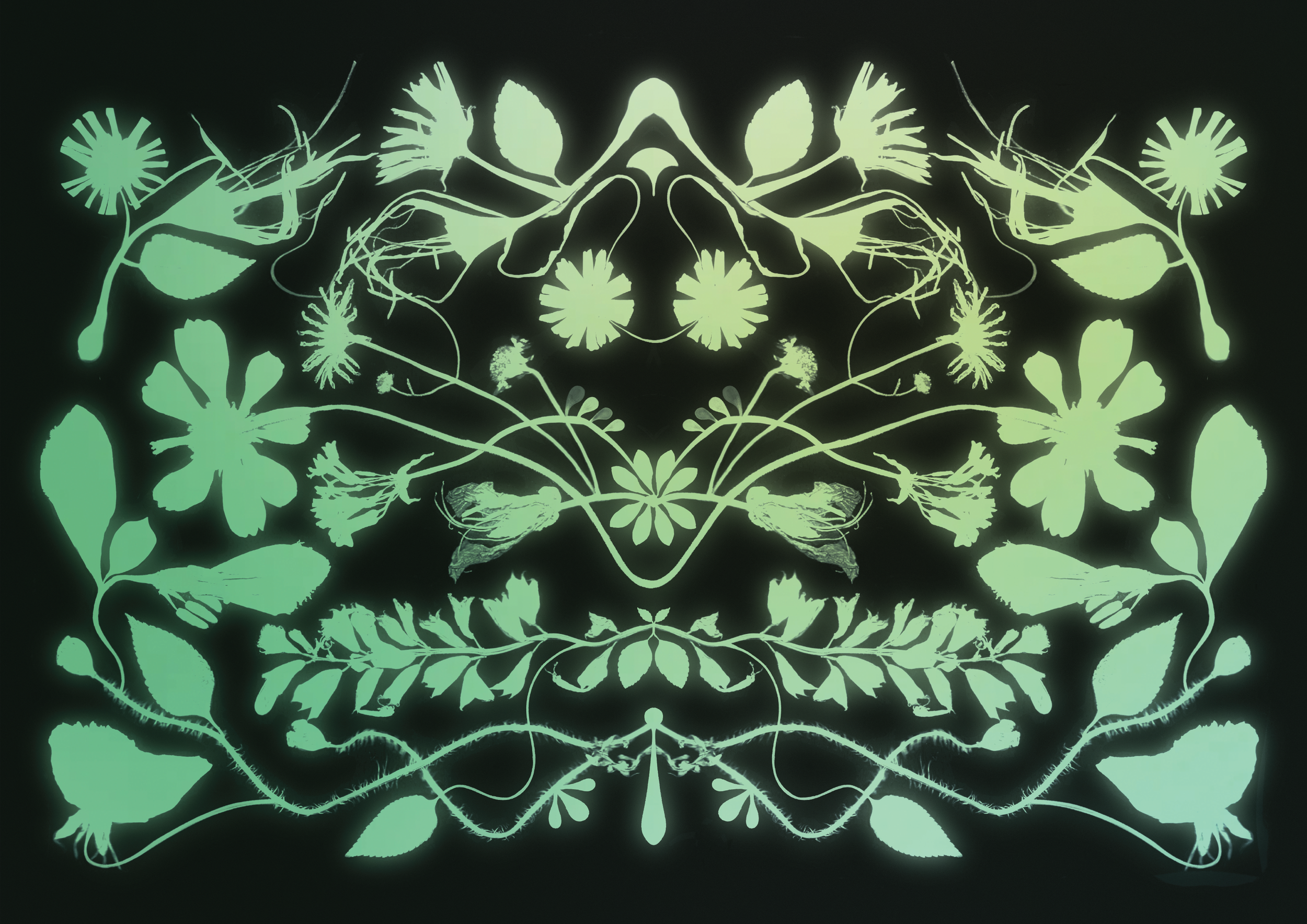
holding the roots (gradient)
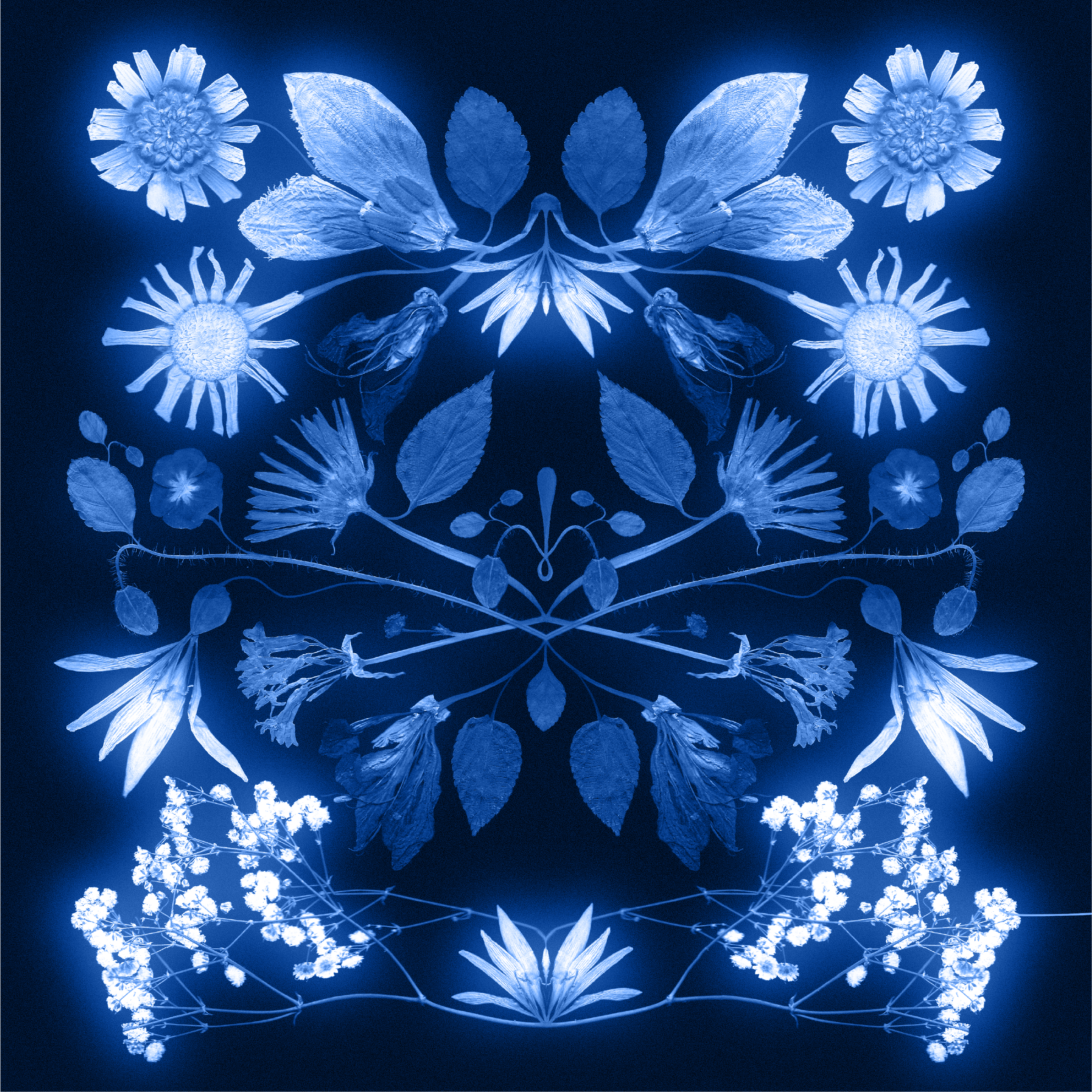
growing a civilization (gradient)

holding the roots

x-ray of holllyhock, garden cosmos and pericallis

x-ray of two hollyhocks
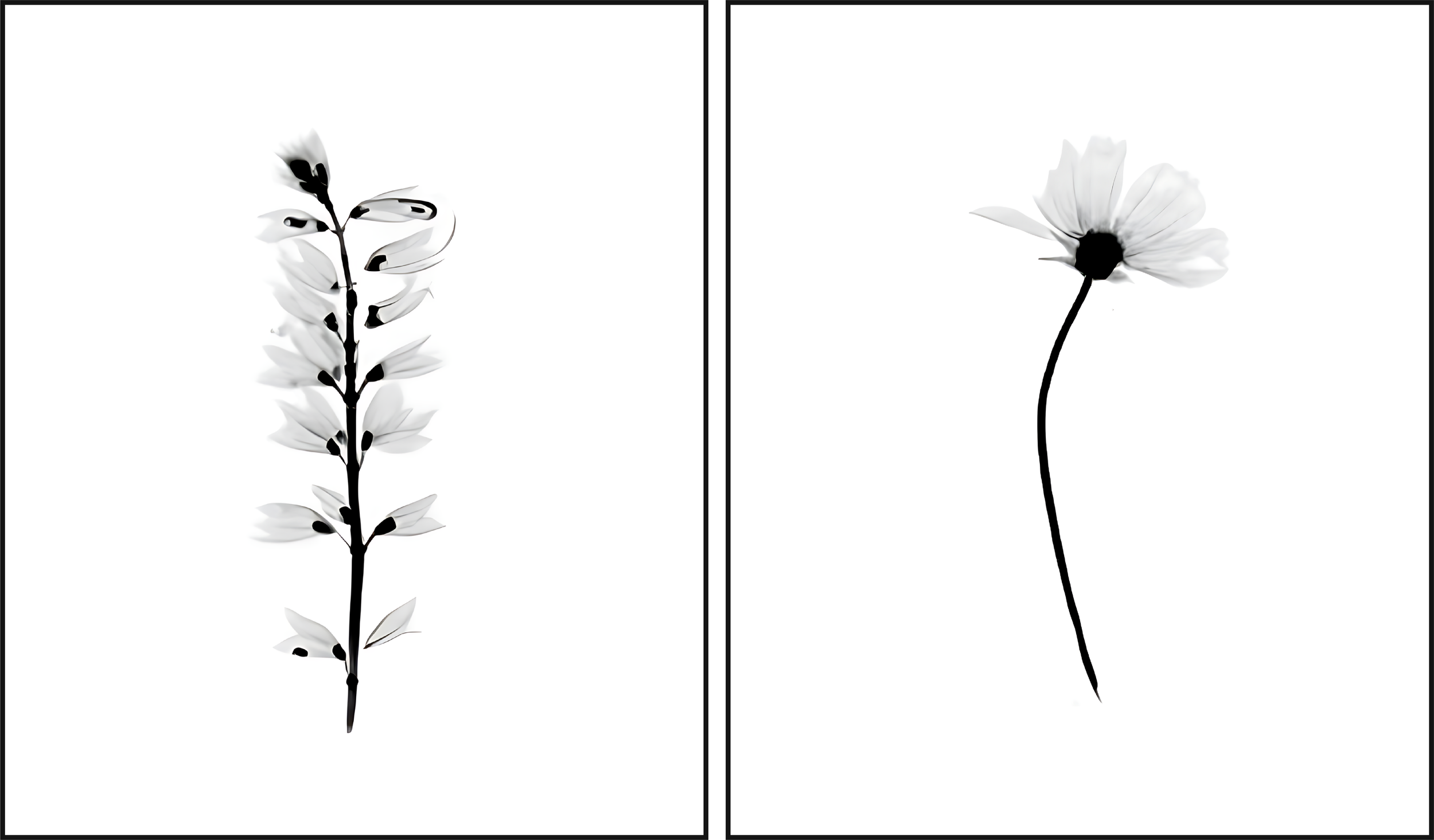
x-ray of scarlet sage and garden cosmos

cyanotype of peacock flower

cyanotype of allium

cyanotype of bougainvillea
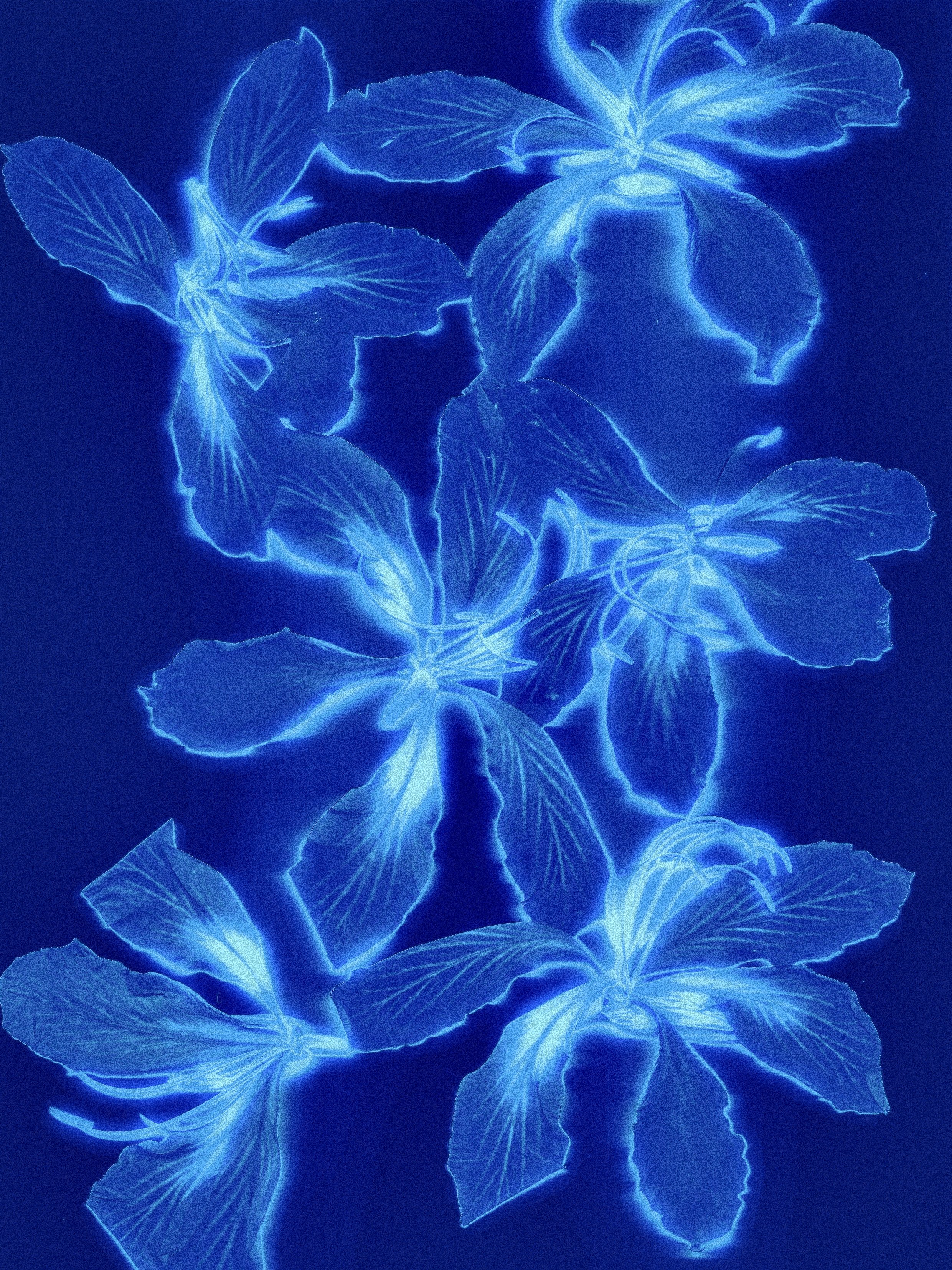
cyanotype of bauhinia

gulmohar

ti leaf

gulaab

a delicate crown
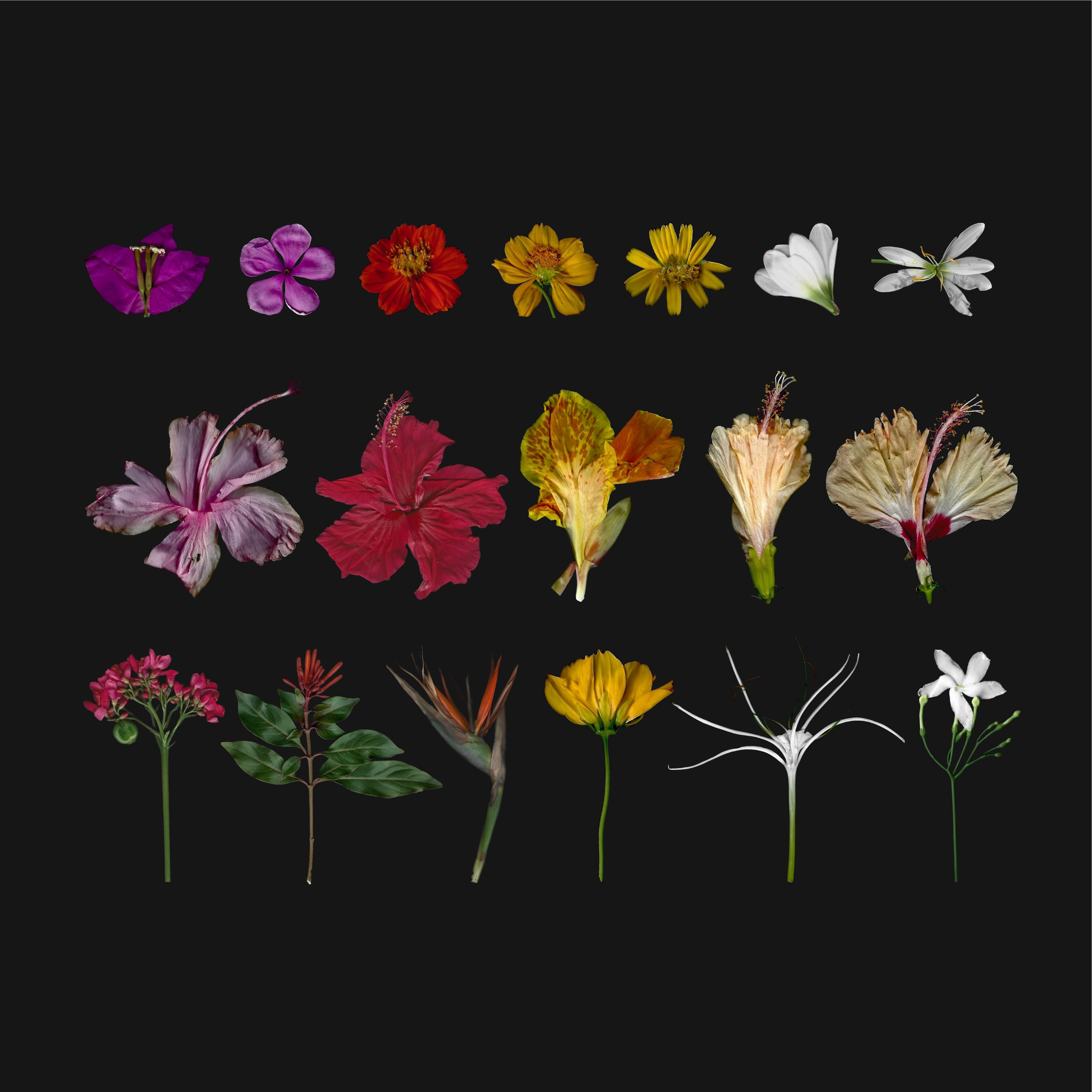
spring palette

phoolon ka mandala
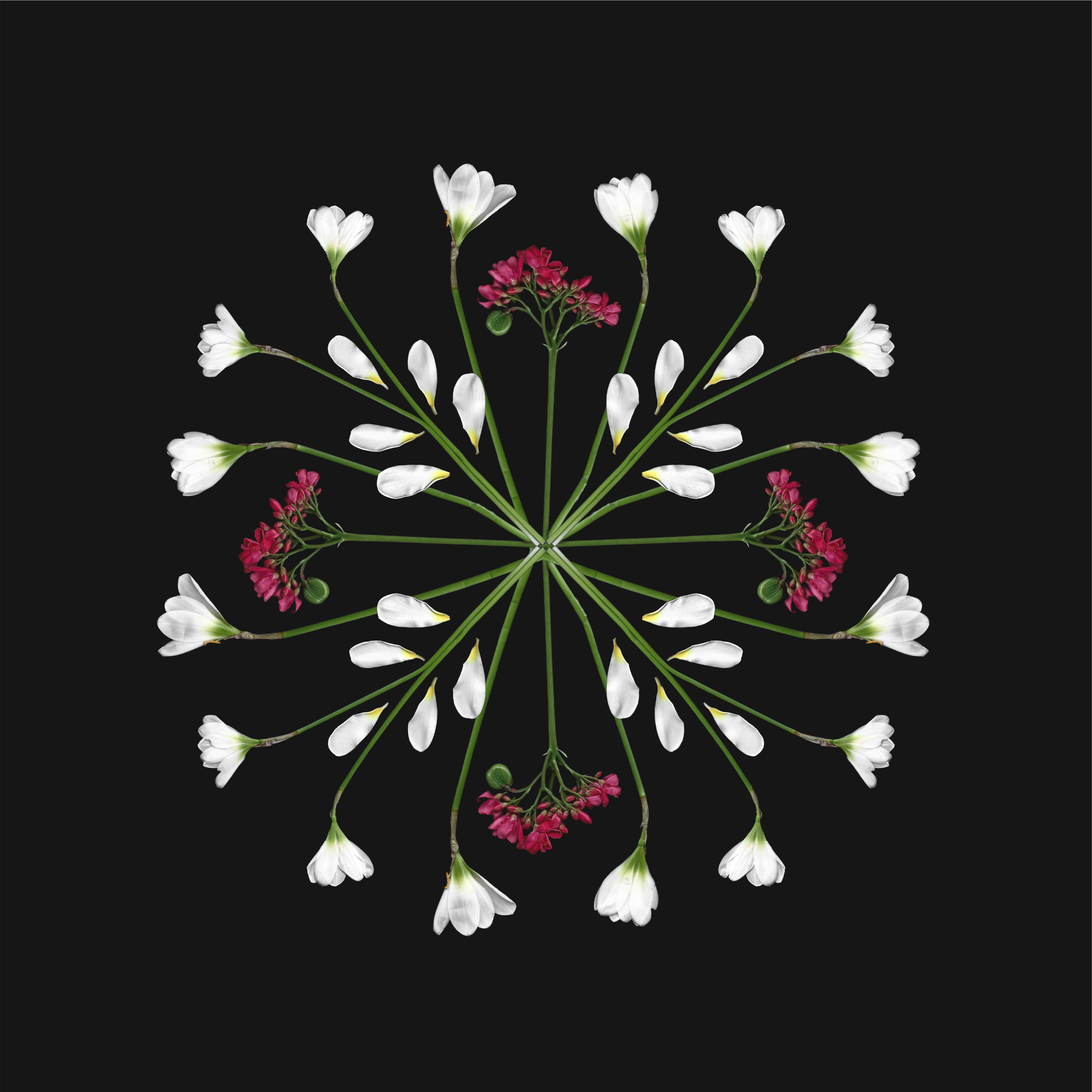
phoolon ka mandala

noor

nadi
